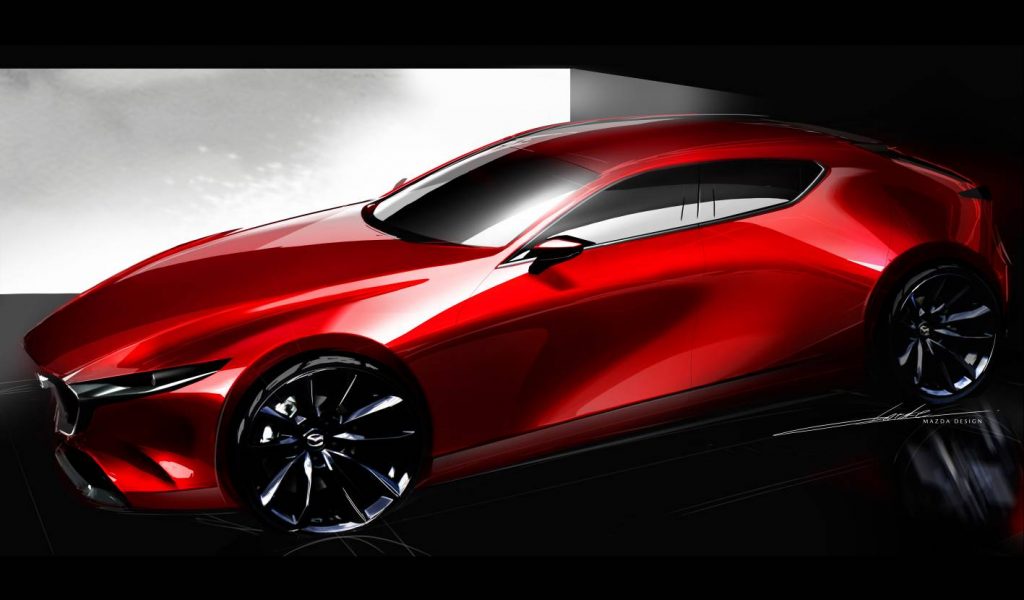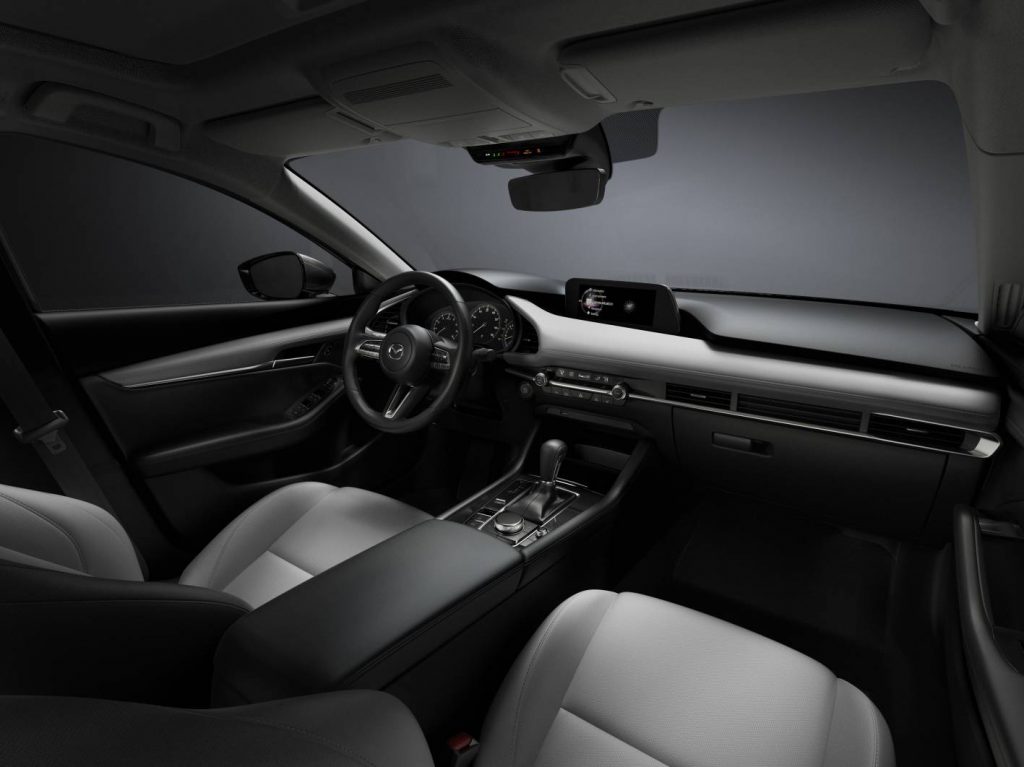IF YOU’RE ONE of the many buyers who looks for headline prices before preparing your shortlist, the new Mazda3 may have just slipped off your radar.
Perhaps more importantly, the new entry level price of $24,990 (plus ORC) pushes the new Mazda further upwards in what is a highly price-sensitive category. On the other hand, most private buyers tend to opt for mid and high-end variants, so it may be a deliberate move by the company.
The Mazda3 Neo is no more, replaced by the G20 Pure with a substantial $4500 price increase. Effectively, Mazda has removed the price-stripper model from its range. The new range consists of three variants each with a choice of two engines. The G20 Pure, G20 Evolve and G20 Touring get the 2.0-litre powerplant, while the G25 Evolve, G25 GT and G25 Astina get the more powerful 2.5-litre engine.
At a later date, there will be an Astina model with the SkyActiv-X compression-ignition petrol engine. It isn’t clear if the SkyActiv-X hybrid is planned for local release.

Initially, the new 3 will be offered as a hatch, with a sedan arriving mid-year. In line with current trends, 60 percent of sales are expected to be the hatch, and the increasing disenchantment with manual transmissions means only ten percent of buyers will choose the six-speed manual transmission (the auto adds $1000 across the range).
Mazda has continued its drive to reduce NVH (noise, vibration and harshness), once a point of some criticism for the brand. There have been 49 changes over the outgoing model aimed specifically at NVH improvement. These include moving the sound system speakers from the door panels to the footwells, adding damping “nodes” between steel panels to reduce vibration and even a new set of tyres (made by Toyo) to better absorb and distribute the impact of bumps on the road and hence to reduce road noise.

As you’d expect, with the removal of a genuinely entry-grade model, the new G20 Pure gets a higher level of standard inclusions, including 16-inch alloy wheels, 8.8-inch widescreen display (with Mazda’s infotainment system), Apple CarPlay/Android Auto compatibility and digital radio. Standard also is sat nav, 7-inch digital instrument cluster, head-up display, electronic parking brake, rear parking sensors, reversing camera and rain sensing wipers. All models get Mazda’s safety feature package of seven airbags. Blind spot monitoring, driver attention alert, emergency stop signal, forward obstruction warning, lane departure warning, lane keep assistance, active cruise control with stop/go, rear cross traffic alert, autonomous emergency braking, traffic sign recognition and tyre pressure monitoring.
Taking these features into account, the price increase appears far more justifiable.
We’re looking forward to seeing for ourselves just how effective Mazda’s NVH reduction has been, especially since Mazda has been the target of considerable criticism in this area, whilst officially denying there has been a problem. Once we’ve spent some time in the new Mazda3, we’ll bring you our verdict.
